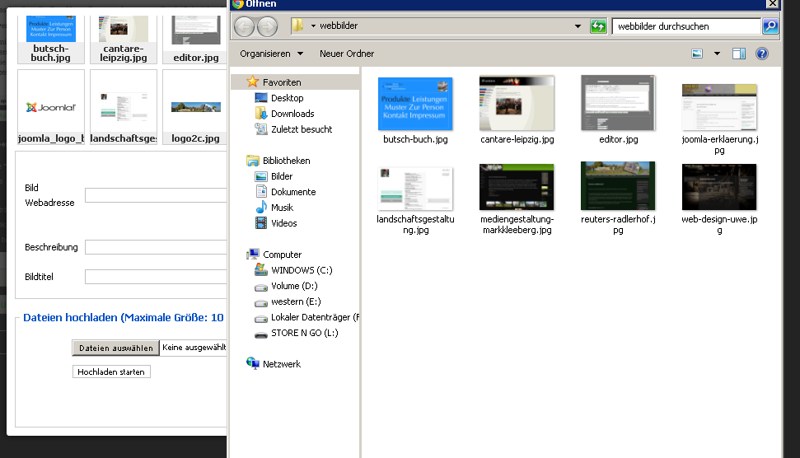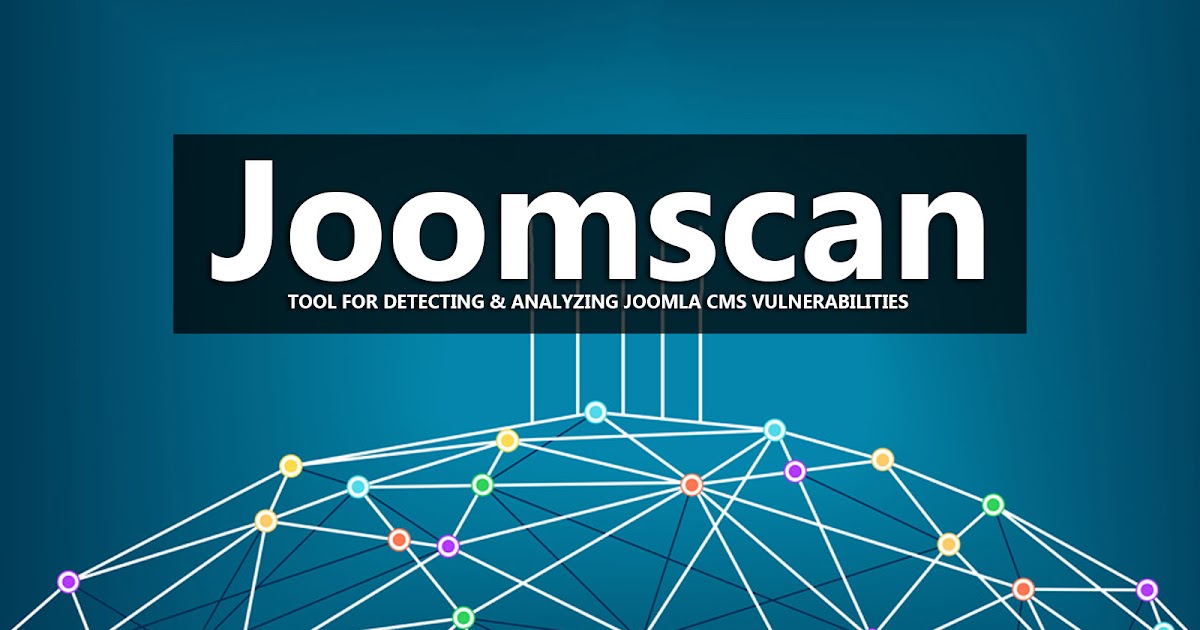

Let’s start this showdown with the CMS you’re most likely to be familiar with: WordPress. For this reason, our comparison will focus on highlighting which CMS is best for you based on your unique situation.

All three CMS’s have their own pros and cons and are built for widely different audiences (even if it doesn’t look like it). WordPress, Joomla!, and Drupal: Which One’s the Best? Now that it’s clear what a CMS is, let’s start our comparison of WordPress, Drupal, and Joomla! - and figure out which one would the best for you to run your website on. It’s like changing your PC’s wallpaper.īy separating a website into these three parts (and giving you easy tools to manage them), a CMS makes it possible for you to create world class websites without extensive technical know-how.
JOOMLA CMS CODE
They work separately from the content and code - which means you can change your website’s design in one click without messing up any of the content or plugins on your website.

Layout: With a CMS, you get themes which you can apply to change the look of your website.It’s as simple as updating an app with a click of a button. This makes it easy for you to add security patches and new functionality to your website without making changes to the content and layout.

JOOMLA CMS UPDATE
Say you wanted to replace your website’s old logo with a new one, or update its design. Each page had its own code, images, links, and functionality tied to it. Web developers used to build single static pages and tie them together to build your website. And that took time and was really expensive. In the olden days, you had to hire a web developer to build a website for you. Content Management Systems: A Brief Introduction Keeping this in mind, you can see why it is important to know the strengths and weaknesses of WordPress, Joomla!, and Drupal before you build your website.īut before we start, let’s take a look at what these three tools actually are and what they do. This makes migrating your whole website, especially the layout and functionality, to another CMS next to impossible. That’s because each CMS has its own set of themes and extensions which your website runs, making it incompatible with the others. If you choose the wrong CMS, i.e., one that’s too simple or too complex for you, you’ll get stuck and have a hard time moving your website over to another CMS. New functions, which are mainly available as part of major updates keep the CMS working up to the next level.WordPress, Joomla!, and Drupal - these are three of the most popular tools you can use to build and run your own website.īut of the three, which one should you choose - and does it really matter? New features: Since its first release, Joomla has been known to be a flexible and customizable CMS thanks to its functional diversity and extensibility.In addition, the official support for the individual versions is time-limited, which is another reason to update Joomla regularly. So, if you use the latest version of the CMS, you’re putting yourself in a more secure situation. This is why there are regular minor updates so that any issues are sorted as part of a Joomla update. Security: Known security issues are always fixed as soon as possible.Improved user experience: The majority of Joomla updates fix common bugs which accordingly improves UX (user experience) whether these are critical bugs that make working with the system entirely impossible, or minor issues that simply complicate working with the CMS.Ideally, you’d update Joomla on a regular basis for the following reasons: Minor updates may be released up to as often as a few times a month. Minor updates, on the other hand, are primarily for security vulnerabilities and bug fixes. Firstly, there are major updates, which are released only every few years and contain significant revisions to the platform and add various new features to the CMS. Joomla updates, like many content management systems, fall into two categories.


 0 kommentar(er)
0 kommentar(er)
